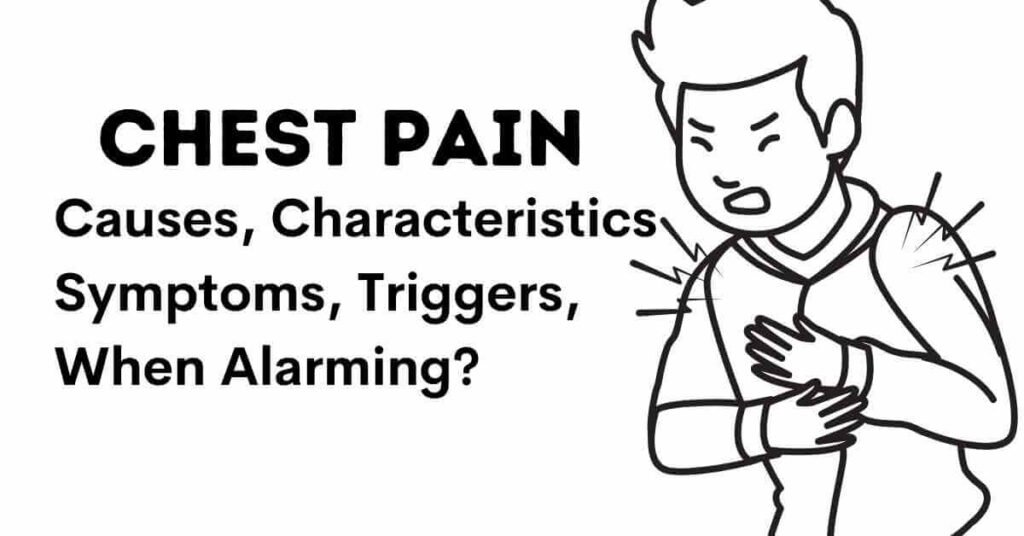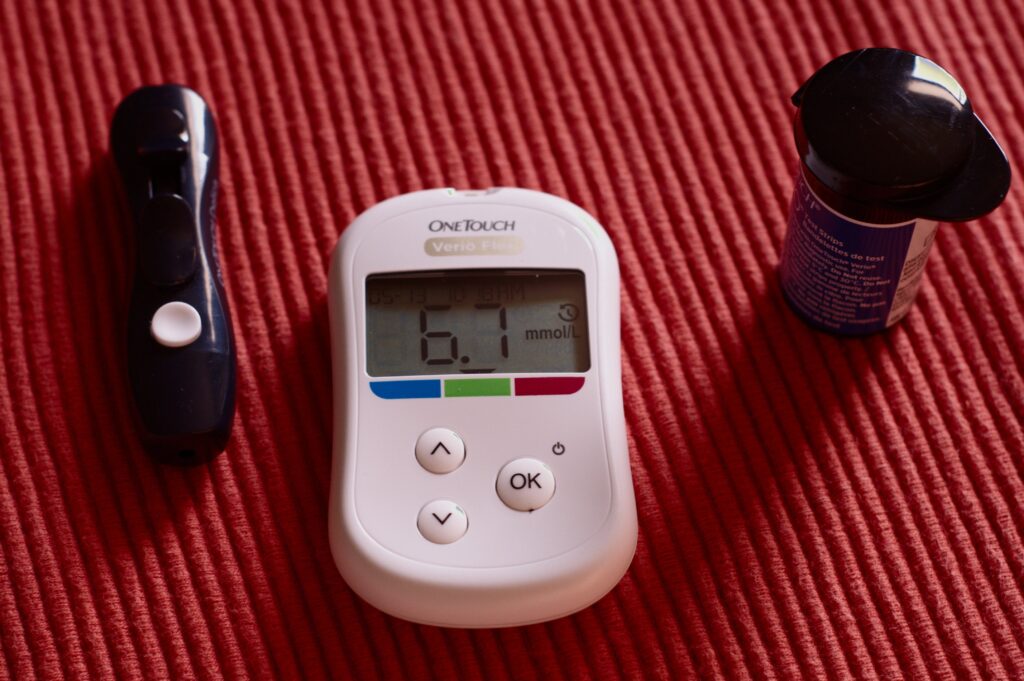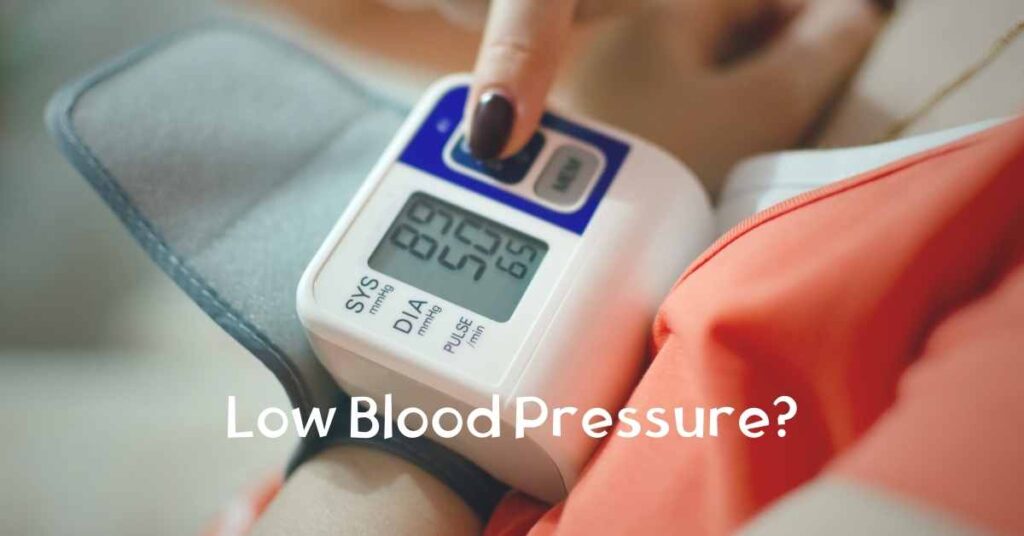Chest pain, a complaint that is sometimes frightening. One may feel chest pain from neck to upper abdomen. Chest pain seems to be serious for people with known heart disease, but what about those with no known underlying medical issues. Let’s check.
Chest pain is clearly an individual feeling and may be described by the sufferer in various ways. The sufferer of chest pain may describe it as “pain,” “discomfort,” or “pressure” in the chest. Whatever the case is, thorough medical evaluation is vital to diagnose the cause. Only then one can get appropriate treatment.
Chest Pain Characteristics
Chest pain can be
- Burning
- Aching
- Heavy
- Sharp
- Squeezing or pressing
- Sudden
- Tight
- Crushing
- Tearing or ripping
- Knifelike
- There may be only numbness or an uncomfortable feeling.
Chest pain can be ongoing or recurrent.
An upper respiratory illness can precede chest pain.
Chest pain causes
Chest pain can be sharp, dull, stabbing, burning, aching, squeezing, or crushing. There are several causes of chest pain. Characteristics of chest pain vary according to the cause of chest pain. The causes of chest pain are the following.
Chest pain due to Heart Issues:
A) Coronary Artery Disease-
In this condition, chest pain may spread to the arm, shoulder, back, or jaw.
B) Myocardial Infarction (Heart Attack)-
In this condition, chest pain occurs as a crushing pain in the center of the chest or the left side of the chest. Most importantly, it is not relieved by rest. People may also have shortness of breath, nausea, severe weakness, sweating, etc.
C) Myocarditis-
In this condition, chest pain occurs. Other symptoms include difficulty breathing, fatigue, fast heartbeat, fever, etc.
D) Pericarditis-
In this condition, chest pain occurs as a sharp, steady pain along the upper neck and shoulder muscle.
E) Hypertrophic Cardiomyopathy-
In this condition, heart muscles become abnormally thick. So contraction of heart muscle becomes difficult. As a result, the heart is unable to pump all the blood effectively. So, eventually, heart failure may occur. Chest pain is a common symptom. Other symptoms include dizziness, lightheadedness, etc.
F) Mitral valve prolapse-
In this condition, a valve between the left atrium and left ventricle does not close properly. So chest pain is a symptom. Other symptoms are dizziness, palpitations, etc. It is also possible to have no symptoms. Symptoms depend upon the degree of dysfunction of the valve. If the dysfunction of the valve is minor, there may be no symptoms.
G) Coronary Artery Dissection-
Coronary artery supplies blood supply to the heart. So this artery is very important for the health of the heart. In coronary artery dissection, a tear develops in the coronary artery. As a result, sudden severe chest pain with a tearing sensation can occur. The pain radiates to the neck, back, or abdomen.
Chest pain due to Lung Issues:
A) Pleuritis (Pleurisy)-
In this condition, inflammation of the lung and chest lining occurs. One may feel a sharp pain in the chest when breathing, cough, or sneeze. Pleurisy is typically described as a knifelike pain that gets worsen by inspiration or coughing.
B) Pneumonia or Lung abscess-
In this condition, chest pain is like pleuritic chest pain, deep chest pain, or any other type of chest pain. Other symptoms are cough, fever; pus coughed up from airway passage ( respiratory tract), etc.
C) Pulmonary Embolism-
In this condition, blood clots travel through blood and block vessels of the lung. Symptoms include acute pleuritis, trouble breathing, or rapid heartbeat. Here chest pain is typically pleuritic in nature. But if massive pulmonary embolism occurs, it may cause severe pain that mimics an MI.
D) Pneumothorax-
In this condition, air releases into the chest cavity due to injury or any other cause when lung collapse. The chest pain may get worse when breathing.
E) Pulmonary Hypertension-
In this condition, there is high blood pressure in lung arteries. So right side of the heart has to pump blood against this high pulmonary artery blood pressure. As a result, it becomes difficult for the right side of the heart to work effectively. So, there is angina like chest pain.
F) Asthma-
In case of asthma, airway inflammation occurs. The airway becomes hyper responsive to many agents, like pollen, dust, chemicals, etc. As a result, chest pain can occur with other symptoms like shortness of breath, coughing, wheezing, etc.
G) COPD (Chronic Obstructive Pulmonary Disease)-
In this condition, chest pain can occur. Also, in chronic bronchitis, emphysema, chronic obstructive asthma, chest pain occurs. But it is not possible to distinguish these conditions solely based on chest pain.
Chest pain due to Gastrointestinal problems:
A) Gastroesophageal Reflux Disease (GERD)-
In this condition, a burning sensation in the chest and throat occurs. GERD occurs when stomach contents move back into the food pipe or throat.
B) Esophageal contraction-
Uncoordinated muscle contraction or high pressure contraction of food pipe can cause chest pain. Here chest pain is intense, squeezing discomfort that is retrosternal (behind the breastbone) in location.
C) Esophageal hypersensitivity-
In this condition, there is increased sensitivity of the esophagus at the smallest change in pressure or exposure to acid. The cause of sensitivity is unknown.
D) Esophageal rupture or perforation-
In this condition, sudden, severe chest pain occurs following vomiting. Following a procedure involving the esophagus, the same symptoms may appear. It is a sign that there is a rupture in the esophagus.
E) Peptic Ulcer-
In this condition, sometimes chest pain occurs. In this condition, pain occurs in the epigastric location but can radiate into the chest.
F) Hiatal hernia-
In this condition, after eating, the top of the stomach pushes into the lower chest. So chest pain may occur that becomes worse when you lie down.
G) Pancreatitis-
In this condition, lower chest pain may occur. The pain worsens when we lie flat but becomes better when we lean forward.
H) Gall bladder issues-
In this condition, after a fatty meal, right lower chest pain or right upper side abdominal pain may occur.
Chest pain due to Bone, Muscle, or Nerve Problems:
In case of bone problems, muscle problems or in nerve problems chest pain may occur.
Injury to the chest region, overuse of chest area, and viruses can cause chest pain.
A) Rib Problems-
Broken ribs may cause pain in deep breathing or coughing. Sometimes localized soreness is present when one presses on it.
B) Muscle strain-
In the case of muscle strain, chest pain occurs, and the pain worsens with activity.
C) Shingles-
In this condition, the rash appears. A sharp band like pain one may feel.
Chest pain due to Emotional Cause:
Anxiety and panic attacks may also cause chest pain. Here chest tightness or aching is associated with a sense of anxiety and difficulty in breathing. The symptoms may be prolonged or fleeting.
Based on the cause, chest pain varies in quality, intensity, duration, and location.
Heart Related chest pain shows certain symptoms as following
- Chest pressure, or tightness
- Chest pain lasts more than a few minutes, worsens with activity, goes away, comes back, or varies in intensity.
- Back, jaw, or arm pain.
- Shortness of breath
- Fatigue
- Dizziness
- Weakness
- Lightheadedness
- Abdominal pain
- Nausea or vomiting
- Pain during exertion
- Cold sweats
It is important to mention that chest discomfort associated with MI (myocardial infarction) is typically more severe and prolonged and usually lasts more than 30 minutes. Chest pain is not relieved by rest in this condition. In this condition permanent damage of heart muscle occurs, so early treatment is vital to save the heart from damaging effects. Whatever the reason of chest pain, it is always best to seek immediate medical help if the chest pain lasts more than 15-20 minutes. Because ruling out the possibility of myocardial infarction is needed and if myocardial infarction occurs, early medical management can save our life.
If there is a previous history of myocardial infarction, then if the chest pain starts, immediately seek medical help without a delay. There may be chance of another myocardial infarction, so do not wait even a minute.
In the case of pericardial or other myocardial diseases, the chest discomfort of pericarditis is usually pleuritic pain because of the pleural association. It is exacerbated by breathing and coughing or changes in position. Due to the same nerve supply, the pain of pleural pericarditis may radiate to the shoulder or neck. Due to the involvement of the pleural surface of the diaphragm, pain in the upper abdomen may occur.
Acute inflammatory and other non – ischemic myocardial diseases can produce chest discomfort or chest pain. Sometimes the stress related cardiomyopathy suddenly starts with chest pain and shortness of breath. An emotional or physically stressful event triggers this form of cardiomyopathy. Women older than 50 years of age are more prone to this condition.
The acute aortic syndrome typically occurs with sudden, severe chest discomfort and sometimes “tearing” feeling. Acute aortic syndrome when involves the ascending aorta; then the chest pain occurs in the midline of the anterior chest. But in descending aortic syndromes, the chest pain occurs in the back mostly. So, the dissection that begins in the ascending aorta and extends to the descending aorta tends to cause pain in the front of the chest that extends towards the back, between the shoulder blades.
Aortic aneurysms are mostly asymptomatic, but thoracic aortic aneurysm can cause chest pain and other symptoms by compressing adjacent structures. In this condition, the chest pain is steady, deep, and sometimes severe in nature.
Non Heart Chest Pain Symptoms
When chest pain not related to the heart are
- Sour or acidic test in the mouth
- Only after swallowing or eating, the pain occurs.
- Difficulty swallowing
- When we change body position, pain becomes better or worse
- Pain becomes worse with deep breathing or cough
- Pain accompanied by a rash.
- Fever
- Cough
- Aches
- Chills
- Runny nose
- Feeling panicked, or anxiety
- Hyperventilation
- Pain persistently is present for many hours
Chest Pain Triggering Factors
There are various factors that can trigger and worsen chest pain. Chest pain can be triggered or worsened by
- Allergens, irritants
- Exertion
- Eating or drinking
- Exposure to cold air
- Lying down for a long period
- Pressing on the chest wall
- Smoking
- Stress, anxiety
- Taking a deep breath
- Viral infection
Chest pain can be accompanied by
- Anxiety
- Belching
- Cough with blood
- Difficulty swallowing
- Dry cough
- Panting or dizziness
- Fever
- Headache
- Nausea
- Vomiting
- Pain in neck, jaw, arm, shoulder, back
- Rapid or irregular heartbeat
- Shortness of breath
- Sweating
- Unexplained fatigue
- Wheezing
All these accompanied symptoms of chest pain help to diagnose the cause behind chest pain. So taking thorough history is very important.
A detailed and clear history is the key to diagnose the cause of chest pain and for differentiation with other conditions.
Chest Pain Diagnosis
Diagnosis of the cause of chest pain is based upon some routine tests. According to the severity, the accompanying factors, the triggering factors, the medical history and physical examination, your doctor will give you the diagnostic tests. Diagnostic test for chest pain are the following
- ECG, or EKG
- Blood tests
- Chest X-Ray
- MRI
- Stress tests
- Angiogram
Chest Pain Treatment
Treatment of chest pain depends upon the cause of chest pain. If your chest pain is the reason of underlying heart related disorder, then treating the heart issue is the only treatment.
If the chest pain is the result of lung issues, then treating the lung issue is needed. Chest pain is a symptom of various medical conditions, so thorough medical evaluation is needed to know the cause of chest pain, only then appropriate treatment can be given.
The triggering factors, accompanying factors and relieving factors of chest pain gives an idea about the cause of chest pain. Like, if you have chest pain after eating a meal, and there is sour or salty taste in the mouth, then usually it suggests heartburn, a gastrointestinal problem.
Treating the heartburn generally gives relief from chest pain. Similarly, if you have rash and fever and you are experiencing a chest pain, the possible reason of your chest pain can be a result of infection. Treating the infection (most commonly viral) usually resolves the chest pain.
If you have lifted heavy objects and after that you are experiencing pain, then the reason of your chest pain is muscle trauma. So taking rest is needed in this condition.
Chest pain can be relieved by
- Taking antacid
- Bending forward
- Taking rest
You can get relief by taking antacid if your chest pain is the result of heartburn.
But you should not try any treatment at home based on assumption. Medical consultation is vital as chest pain can be the result of a serious underlying medical condition and early treatment can save our life. We will discuss the treatment of different medical conditions that cause chest pain in separate articles.
Never Panic, because panic can increase the severity of your chest pain. Many times panic itself is the cause of chest pain. So be careful.
Takeaway
Chest pain is a symptom rather than a disease. Many underlying medical conditions can cause a chest pain, but sometimes overlapping other symptoms are present, so without thorough medical evaluation it is not possible to know the actual cause behind your chest pain. One should not ignore a chest pain.
If the chest pain is severe and there is a squeezing, pressing feeling, then immediate medical attention is needed. Whatever the cause of the chest pain, whatever the intensity the chest pain has, a medical evaluation can detect the underlying medical condition and treatment can be given accordingly.
When we have a medical issue, our body gives us intimation through various symptoms, chest pain is one of that vital symptom. So, early diagnosis and early treatment improves treatment outcome. Do not take a chest pain lightly. Seek medical attention and follow your doctor’s instructions. Stay healthy and happy.





